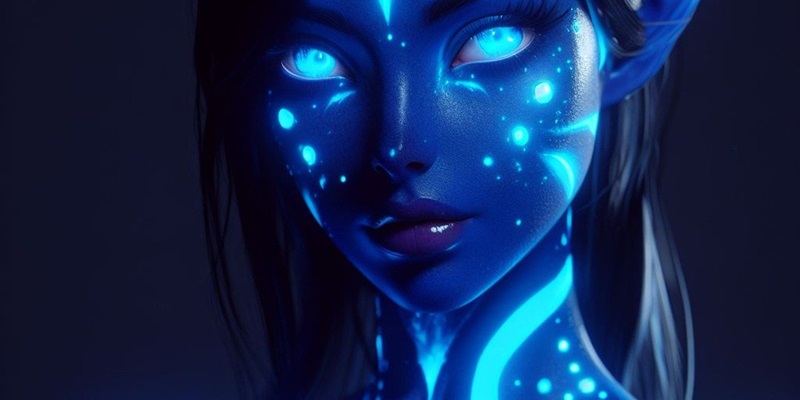Synthesia, a British artificial intelligence startup, has announced a series of new product updates to enhance its video production services, particularly targeting large enterprises. Supported by Nvidia, the company has introduced innovations aimed at improving accessibility, multilingual capabilities, and the realism of AI-generated avatars, all with the goal of democratizing video creation.
New Product Features and Enhancements
One of the standout features is the ability to create AI avatars by recording less than five minutes of footage using a laptop webcam or phone. This marks a significant shift from Synthesia’s earlier offerings, which required users to visit a specialized studio. By making avatar creation more convenient and accessible, Synthesia aims to broaden its user base. Synthesia has developed full-body avatars capable of moving hands and arms, addressing a major challenge in AI technology. Previously, AI avatars were limited to portrait views without realistic hand motions. This enhancement marks a significant advancement in creating more lifelike animations.
The company now supports video production in multiple languages, including English, French, German, and Chinese. This feature allows AI avatars to deliver content in different languages, expanding global reach. Future plans include tailoring avatars for specific regions, such as creating a Nigerian avatar for local tutorials. Synthesia introduced an AI video assistant capable of summarizing entire articles and documents, streamlining tasks such as explaining company benefits packages. Additionally, a new screen recording tool featuring an AI avatar enhances the platform’s utility by guiding users through various content.
Enterprise Focus and Market Position
Victor Riparbelli, CEO of Synthesia, highlighted the company’s shift from initially targeting Hollywood agencies and big-budget video production companies to focusing on democratizing video creation. By making high-quality video production accessible to a wider audience, Synthesia aims to provide lasting business value beyond short-term publicity gains. Riparbelli likened Synthesia’s enterprise-focused approach to giants like Microsoft, Salesforce, and Zoom, emphasizing the importance of creating workflows that help businesses achieve their goals, such as reducing customer support tickets through video content or enhancing sales efforts with video communications.
Financial Backing and Industry Comparisons
Last year, Synthesia raised $90 million from investors, including Nvidia and venture capital firm Accel, reaching a valuation of $1 billion and achieving “unicorn” status. Synthesia faces competition from other AI video tools like Veed, Colossyan, Elai, and HeyGen, as well as TikTok’s Symphony Assistant, which allows creators to make their own AI avatars. Despite the competition, Synthesia’s innovative feature set and enterprise focus position it strongly in the market.
Revolutionizing Video Production
Synthesia, a British artificial intelligence startup, has recently unveiled a series of updates aimed at revolutionizing video production, especially for large enterprises. The company, which is backed by Nvidia, has introduced a range of innovations designed to make video creation more accessible, enhance multilingual capabilities, and improve the realism of AI-generated avatars. These updates are part of Synthesia’s broader mission to democratize video production and make it easier for companies of all sizes to create high-quality content without the need for extensive resources or technical expertise. By focusing on accessibility, the startup aims to enable more users to produce professional-grade videos seamlessly. The multilingual capabilities are particularly valuable for global enterprises that operate across different countries and need to communicate effectively with diverse audiences. Additionally, the enhanced realism of AI-generated avatars aims to provide a more engaging and lifelike experience for viewers, making the content more appealing and effective. With its latest updates, Synthesia is positioning itself as a leader in the AI video production industry.

